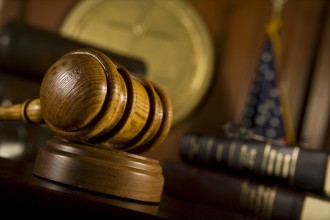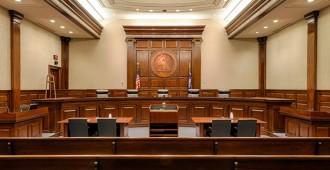
February 19, 2020
Motivation to Combine Prior Art Can Come from Knowledge of those Skilled in the art, the Art Itself, or the Nature of the Problem
In Acoustic Technology, Inc. v. Itron Networked Solutions, Inc., [2019-1061] (February 19, 2020), the Federal Circuit affirmed the PTAB’s determination in IPR2017-01024 that the challenged claim of U.S. Patent No. 6,509,841 was unpatentable,
The patent owner’s first round of attack was to assert that, nine days after institution of the IPR, Silver Spring agreed to merge with Itron, Inc. — an entity undisputedly time-barred under 35 U.S.C. § 315(b). The Federal Circuit, however, held that the patent owner waived this argument because it failed to present those arguments before the Board.
As the the merits of the anticipation finding, the patent owner complained that the petitioner’s expert improperly testified about what a person of ordinary skill in the art would “recognize” from the reference, arguing that this might be appropriate for obviousness, but not anticipation. The Federal Circuit disagreed, noting that in an anticipation analysis, the dispositive question is whether a skilled artisan would “reasonably understand or infer” from a prior art reference that every claim limitation is disclosed in that single reference. Expert testimony may shed light on what a skilled artisan would reasonably understand or infer from a prior art reference. Moreover, expert testimony can constitute substantial evidence of anticipation when the expert explains in detail how each claim element is disclosed in the prior art reference.
The Federal Circuit examined the testimony of Petitioner’s expert and concluded that he conducted a detailed analysis and explained how a skilled artisan would reasonably understand the cited prior art. The Court thus concluded that the Board’s finding of anticipation was supported by substantial evidence.
The Federal Circuit also rejected the patent owner’s argument that the Board improperly relied on “the same structures to satisfy separate claim limitations.” The Federal Circuit explained that it was clear from the disclosure that the identified structure may have different functions in a given embodiment.
Finally, with respect to the obviousness of the claimed invention, the Federal Circuit rejected the patent owner’s argument that the Board erroneously mapped the prior art onto the elements of the claim and that the Board’s motivation-to-combine finding is not supported by substantial evidence. On this later point, the Federal Circuit pointed out that the motivation to combine prior art references can come from the knowledge of those skilled in the art, from the prior art reference itself, or from the nature of the problem to be solved.
The Board found that motivation was adequately explained by expert testimony which was not conclusory or otherwise defective, and thus the Board was within its discretion to rely upon it.



































